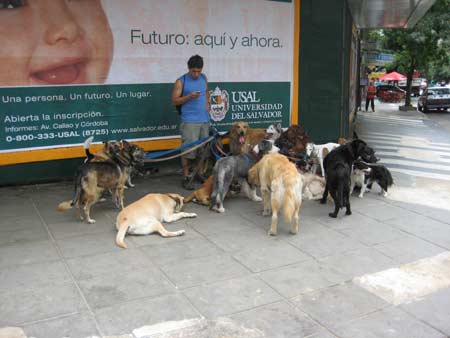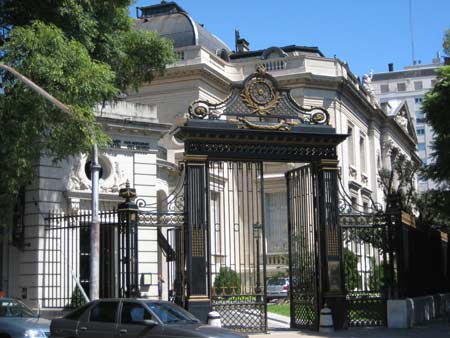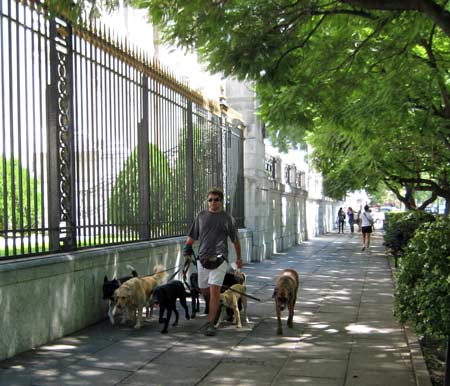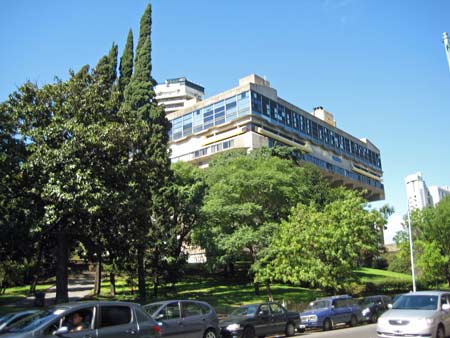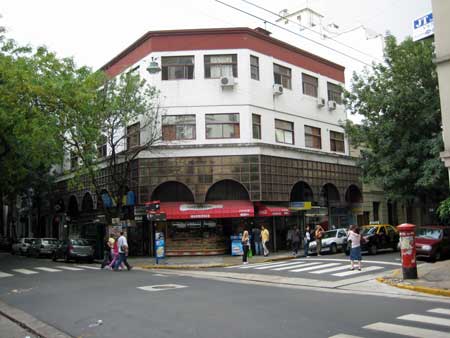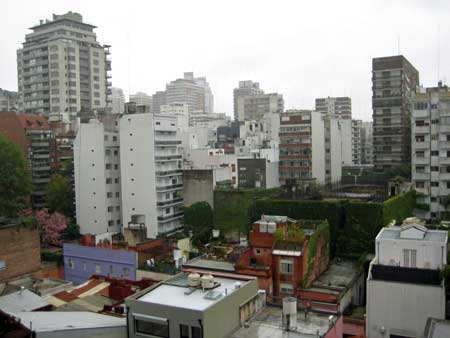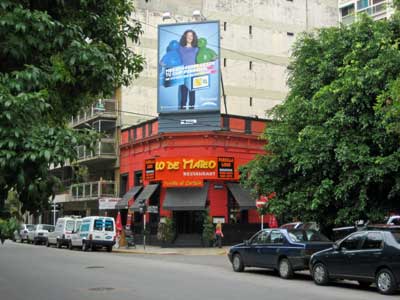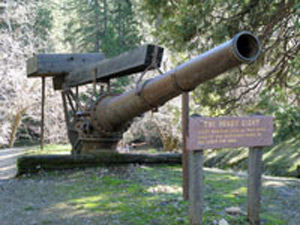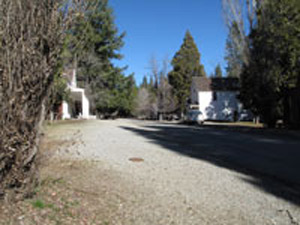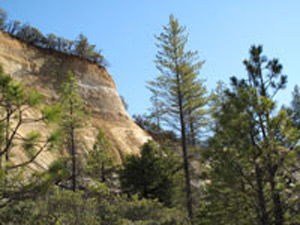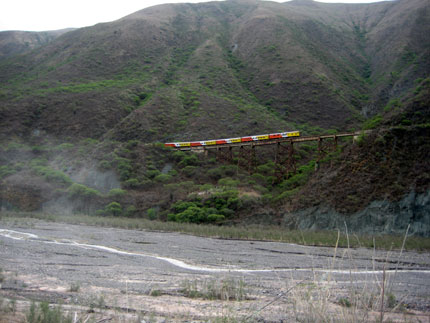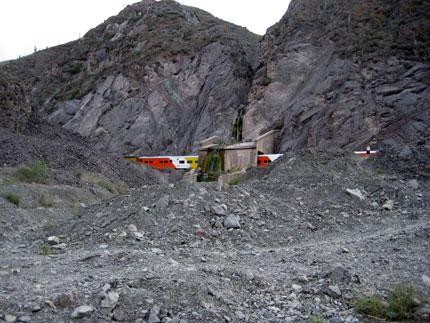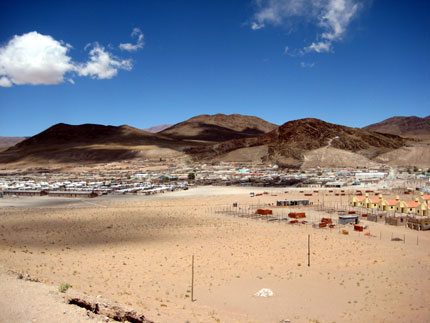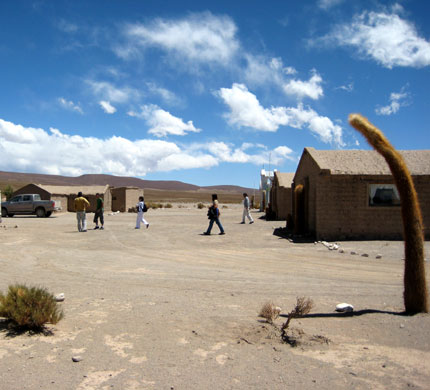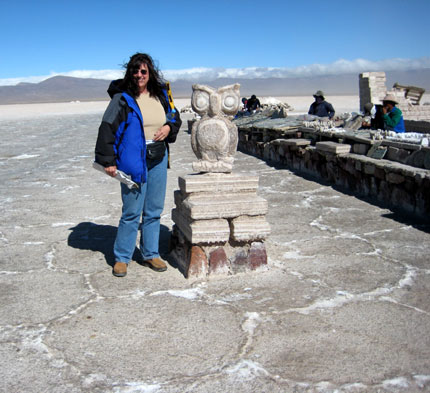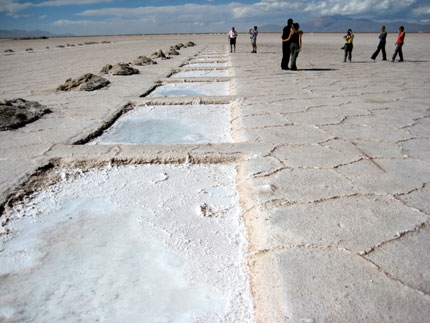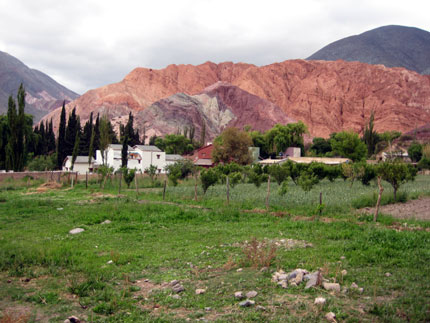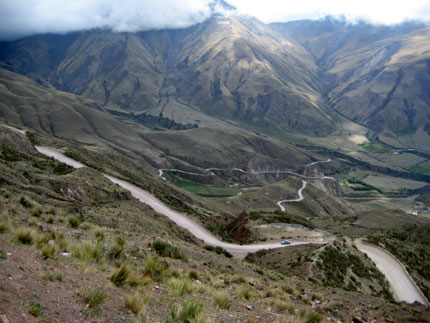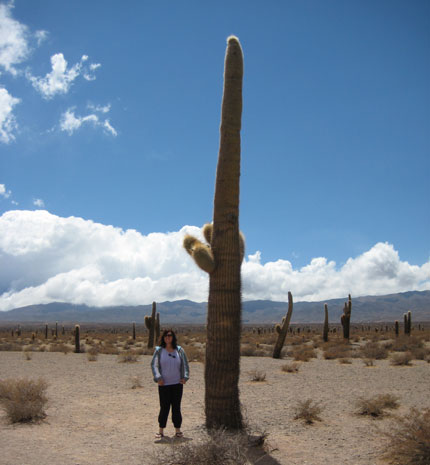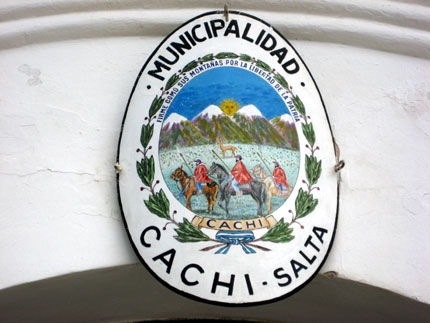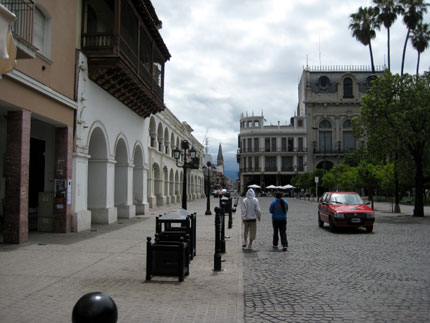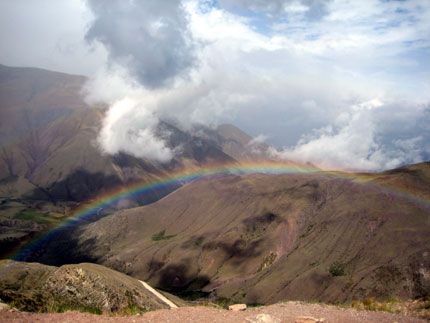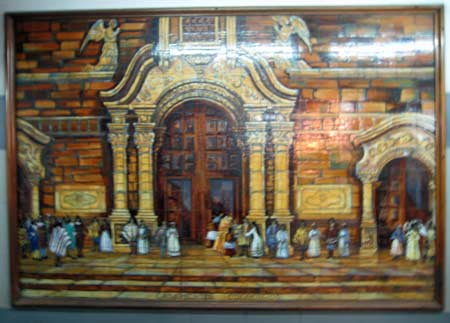
Along with scams to help you avoid foreclosure, which I talked about in the past, there are others out there trying to take money away from home owners in distress who need to refinance because they are facing foreclosure or those whom are just refinancing to get a lower interest rate on their mortgage.
Rule number one is that you never pay in advance to have someone help you get a loan. Some banks or lenders may require that you pay upfront for an appraisal, which can run between $300 to $450 at the most. However, my experience is that you are better off using your local bank, mortgage broker or credit unions before you pay for anything, which at the most would be an appraisal. Companies outside your home area are not familiar with local real estate conditions and you may spend several weeks or months until you find out they can’t make the loan. I was surfing the net, looking for some information to bring you that might be of help if you are considering refinancing and the pitfalls that I was talking about.I happened to come across Attorney General’s website, Jerry Brown, and he has prosecuted some scam artists. These scammers were taking advantage of people trying to refinance by charging upfront fees of between $1,500 to $2,500 and doing nothing. Here is part of his press release:“In November 2008, Attorney General Brown announced the break up of the First Gov scam ring. First Gov, — which also operated under such misleading names such as Foreclosure Prevention Services; Resolution Department; Reinstatement Department; and Reinstatement Processing — solicited hundreds of homeowners, offering to help them stop the foreclosure of their homes.Ring members promised victims they would renegotiate their mortgages and reduce monthly payments. They demanded an up-front fee, ranging from $1,500 to $5,000, to participate in the loan-modification program.
Victims were told to stop making mortgage payments and communicating with their lender because this would interfere with the loan modification process. After collecting their fee, ring members pocketed the money and did nothing to help victims.”
The full text of his press release is at Office of Attorney General
By the way, talk to your mortgage company if you can, but so far they have been dumb and want you to stop making payments before they will talk to you!
